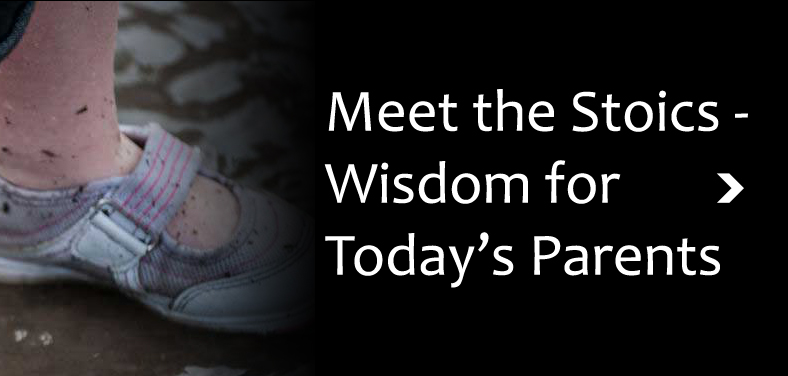We always have a specific plan. Our vision and mission are the same, but how get there changes as economic conditions and funding sources change, just the way the educational plan will change with the social norms of different demographic groups or the needs of an individual family.
This is part 1 of my interview with Marilee Cosgrove of the Fullerton School District. Our focus was on “Lessons Learned” – this section is on the budget and funding requirements for creating an effective quality pre-school program in a public school context.
Q: Your classrooms are beautiful – before we get into how and why your program works, how do you pay for it? Do you have any special funding sources?
A: (We are) the same as any district with similar program structure. Our department is either 100% supported by (state) grants (8 classrooms), or parent-fee paid (2 classrooms). We do not receive any additional school district funds. We do have a grant that pays for our ateliers – we have studios at 4 schools. First 5 California covers them through an Orange County Commission on Families and Children grant – it’s only $75,000. Because it’s 1st Five it will go away, but we’re working on a “sustainability plan” to see if we can find a way to keep it going. That’s about it.
Q: Besides that grant, you are financial similar to other districts in the state?
A: Well, to some extent we spend money differently. Like any program, we have “stagnant” funding sources, like the state-funded pre-school at $22/day/child, etc. We don’t do Head Start – that’s a whole separate thing, where we’d have to apply and be managed by OC HS, and take hours out of the classrooms for HS compliance. When state pre-school became available, we switched over (before my time) – HS is difficult.

And then there is our fee-based slot revenue, and we’re really intentional about how we use those funds. We are allowed to set funds aside for “economic uncertainty” and that gives us some flexibility, which is what you need to change anything. Basically, all funding sources support their particular program – and we work within the district system to stay flexible.
Q: This includes professional development?
A: Yes. We just know how to stretch a dollar.
Q: How do you stretch a dollar?
A: Well, I had a grandmother who taught me how. Most important, we take advantage of all opportunities. For example, we are part of the State Quality Start Race to the Top program, which has funds for PD and other elements of quality improvement. We have a plan, we always have a specific plan. Our vision and mission are the same, but how get there changes as economic conditions and funding sources change, just the way the educational plan will change with the social norms of different demographic groups or the needs of an individual family.
Q: So how did you decide where your classrooms would be?
A: Of our district’s 17 elementary schools, we have 10 classrooms in 9 schools. It was sort of decided for us: State pre-school is decided by zip code based on demographics. With our Fee-based classrooms, we tried to make it work for parents by putting them at opposite ends of the district, for easier access to the highest number. And of course, it’s really all about available space.
Q: So your budget is fixed –
A: But there is flexibility there – your fees in and your wages are fixed. Other than that, you can make the best of what you have. You need some district support for professional development – but the best stuff at our level is much cheaper that K—12 PD.




Add comment